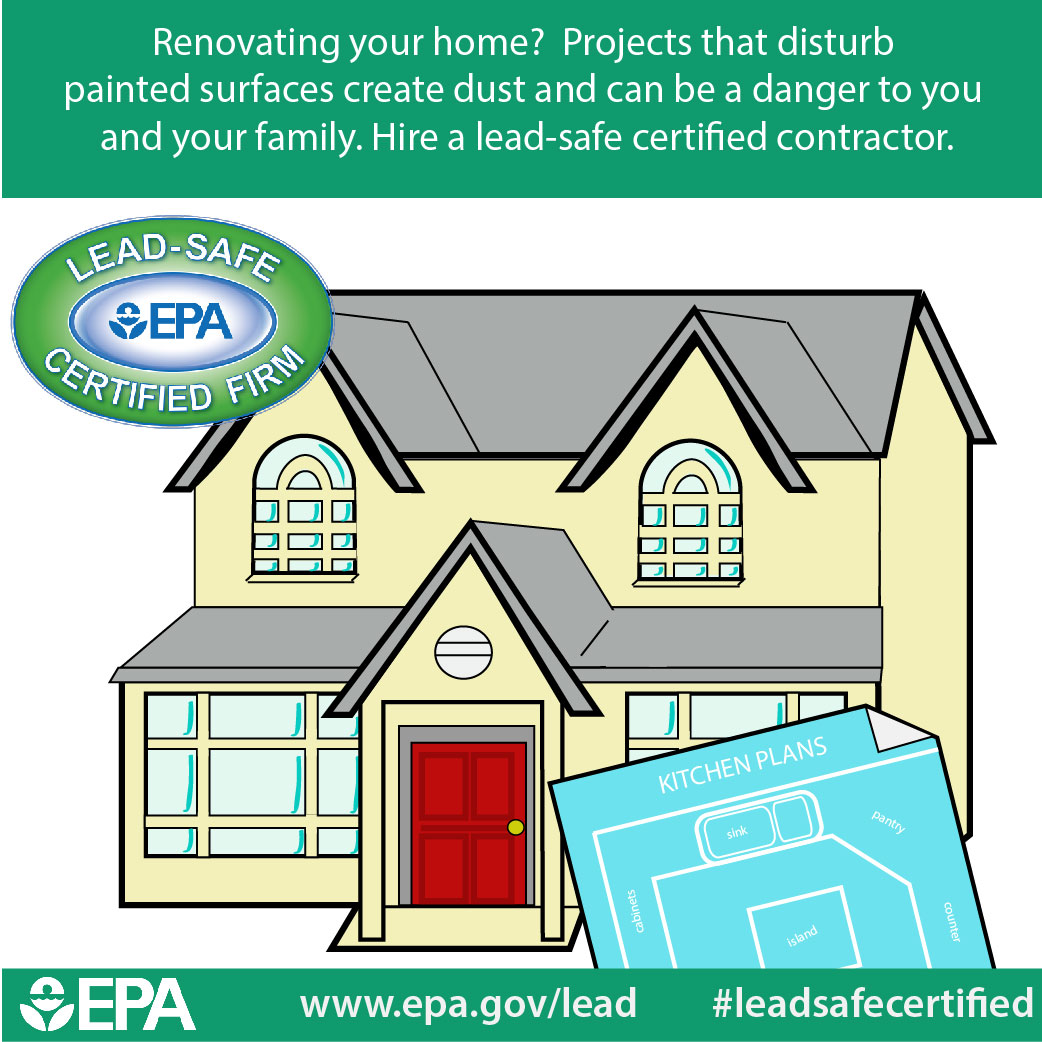The Function Of Climate In Commercial Exterior Painting: What You Need To Know
The Function Of Climate In Commercial Exterior Painting: What You Need To Know
Blog Article
Material Writer-Welsh Kidd
When you're planning an industrial external paint project, don't ignore the effect of climate on your results. You need to take into consideration factors like temperature, humidity, and precipitation, as they can make or damage your paint task. For example, did you know that suitable problems call for certain temperature arrays and moisture degrees? Stopping working to keep professional concrete painters on these aspects can result in irregular coatings or perhaps damages to fresh paint. Recognizing these aspects is key to attaining a lasting, professional end result. So, what certain weather conditions should you be wary of?
Temperature Considerations
When it comes to commercial exterior painting, temperature level plays a critical function in the outcome of your task. If you're repainting in severe warm, the paint can dry too promptly, bring about issues like bad attachment and irregular finishes. You want to go for temperature levels in between 50 ° F and 85 ° F for the very best results. Listed below 50 ° F, paint may not heal correctly, while over 85 ° F, you take the chance of blistering and splitting.
Timing your job with the right temperatures is essential. Start your job early in the early morning or later on in the mid-day when it's cooler, particularly throughout hot months.
Additionally, think about lasting impressions painting contractors can be significantly more than the air temperature, particularly on sunny days. Make use of a surface thermometer to check this before you start.
If temperature levels are uncertain, watch on the weather prediction. Unexpected temperature level declines or heat waves can thwart your strategies. You do not intend to begin repainting just to have the problems transform mid-project.
Moisture Levels
Moisture levels significantly impact the success of your commercial external paint task. When the humidity is too high, it can prevent paint drying and healing, causing a range of problems like poor bond and finish quality.
If you're preparing a job throughout wet problems, you may discover that the paint takes longer to dry, which can extend your project timeline and boost costs.
Conversely, low humidity can additionally pose challenges. Paint may dry out also rapidly, protecting against appropriate application and resulting in an irregular surface.
You'll wish to keep track of the moisture levels carefully to ensure you're functioning within the optimal range, normally in between 40% and 70%.
To obtain the most effective results, consider making use of a hygrometer to measure humidity prior to starting your project.
If mouse click the up coming webpage locate the degrees are outside the optimal array, you may require to change your schedule or pick paints created for variable conditions.
Always seek advice from the producer's guidelines for certain suggestions on moisture resistance.
Rainfall Influence
Rain or snow can significantly disrupt your business outside paint strategies. When precipitation takes place, it can get rid of newly used paint or create an irregular surface. Preferably, you intend to choose days with dry climate to guarantee the paint sticks effectively and treatments properly. If you're caught in a rain shower, it's ideal to halt the job and await problems to improve.
Moreover, snow can be much more harmful. Not just does it produce a damp surface area, however it can additionally reduce temperature levels, making it tough for paint to completely dry. This can cause issues like peeling off or blistering down the line.
It's essential to check the weather report before beginning your project. If rainfall or snow is anticipated, consider rescheduling.
Constantly keep in mind to permit sufficient drying out time between layers, especially if the climate remains unforeseeable.
Final thought
Finally, keeping an eye on the weather is essential for a successful industrial external painting task. By monitoring temperature, humidity, and rainfall, you can guarantee the most effective conditions for application and healing. Keep in mind to intend your job around positive weather and always adhere to manufacturer standards. With the best strategy, you'll achieve a durable, attractive coating that can hold up against the aspects. Do not allow the climate catch you unsuspecting-- remain educated and repaint smart!
